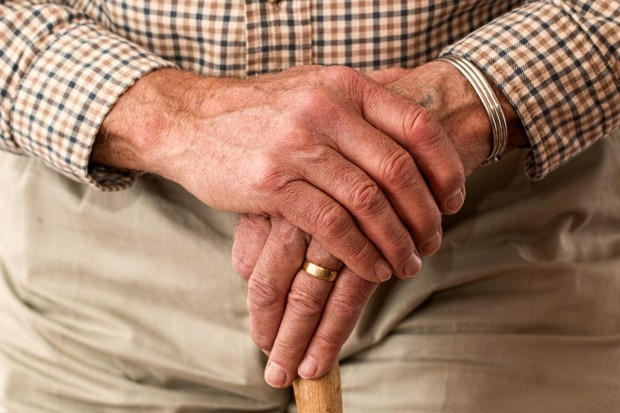
(Photo : Image by Steve Buissinne from Pixabay )
A decubitus ulcer is also called a pressure ulcer or pressure sore. It's usually called a bed sore. It's an injury to the skin and the tissue under the skin. Usually, a bed sore develops over a bony area of the body, such as the hips, tailbone, spine or shoulder blades, but can also develop on the buttocks, lower back or the legs behind the knees.
If a relative has had a bed sore, you may be planning to sue. But first you need to inform yourself about bed sores.
What causes a bed sore? Bed sores result from prolonged pressure on the skin and the tissue under it. People who must spend most of their time in bed and cannot easily change their position are prone to bed sores. So are people who are constantly in wheelchairs. Sores are a danger among elderly people in nursing homes and hospitals because these patients are often bed-ridden or wheel-chair bound.
Are bed sores dangerous?Bed sores are not trivial. They can lead to permanent damage to the muscle and bone under the sore. They can also be very painful.
How are bed sores detected?
Bed sores develop in stages.
1. The skin is discolored but not broken. It may be swollen or feel warm. The discolored skin may be painful. The skin at the discoloration may be either softer or firmer than the skin around it. If the skin is pressed, it may fail to lighten again when the pressure is released.
2. The skin is broken and there is a sore visible. The sore may look like a blister full of fluid. There may be pus draining from the sore.
3. The sore has gone more deeply into the skin. It may look like a pit in the skin. It is affecting the fat under the skin.
4. The sore is affecting deeper layers of tissue, including muscle and bone.
Have a doctor check the patient at any sign of a bed sore. Sores are most treatable early on.
How can bed sores be prevented?
To prevent bed sores, the patient's skin should be checked daily. The patient should be re-positioned often to prevent continuous pressure. The patient's clothing and bedding should be changed often. The patient's clothing should be free of buttons and the bedding should be kept smooth. The patient's skin must be kept dry and clean. The angle of the patient's bed should be changed if this will relive pressure. The patient should get an appropriate diet and be treated for incontinence if necessary.
What can I do if a relative has bedsores resulting from neglect?
If you or your relative can prove that the care givers failed to provide the care needed to prevent bed sores, they may be liable for damages. If you plan to sue, remember that you must prove that the facility was obligated to meet a certain standard of care, that the facility did not meet this standard, and that their failure resulted in bed sores. If these things can be proved, your relative can be compensated for medical expenses, relocation to another facility, pain and suffering or emotional distress. If your relative died because of the injury, the facility may be liable for funeral expenses or loss of companionship.
- Contribute to this Story:
- Send us a tip
- Send us a photo or video
- Suggest a correction
* This is a contributed article and this content does not necessarily represent the views of latinospost.com




































